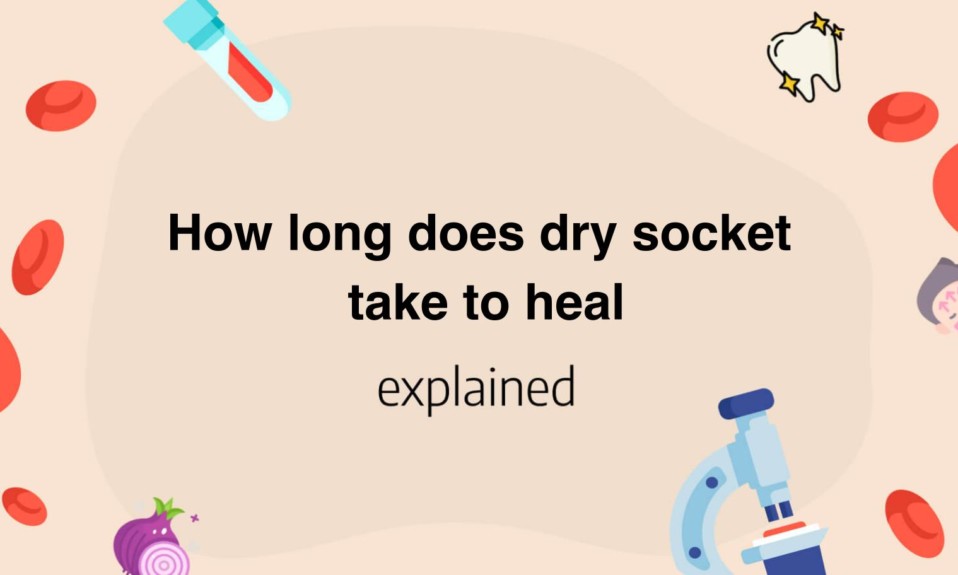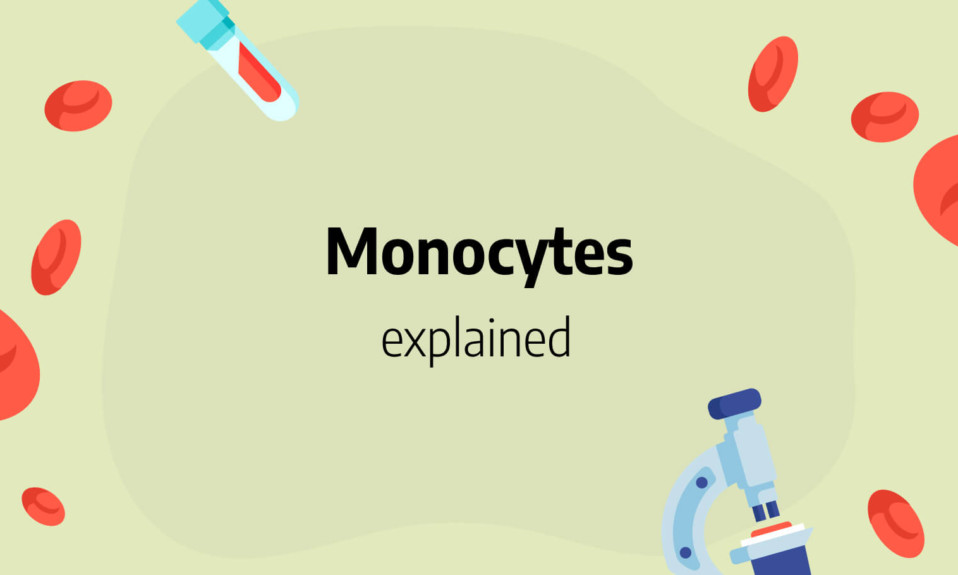Dry socket, also known as alveolar osteitis, occurs when the clot that forms after a tooth is extracted is dislodged or dissolved, resulting in a painful condition that can cause a delay in healing.
How long does dry socket take to heal? It can take several days to a couple of weeks for dry socket to heal, depending on the severity of the condition and the steps taken to treat it.
Understanding what causes dry socket and how to prevent it can help speed up the healing process.
Understanding dry socket healing process
Dry socket, also known as alveolar osteitis, is a common complication that occurs after tooth extraction.
The healing process of dry socket can take up to a week or two, making it a very uncomfortable experience for patients.
When a tooth is extracted, a blood clot forms in the socket to help protect the bone and nerves underneath it.
However, if this clot dislodges, it can expose the socket to air, food, and bacteria, slowing down the healing process and causing severe pain.
To promote healing, it’s essential to clean the socket to remove any debris or food particles that may be preventing the blood clot from forming again.
Rinsing the mouth with saltwater can help fight against bacteria and promote healing.
It is crucial to avoid using straws, smoking, or spitting as it can dislodge the blood clot and prolong the healing process.
Patients can also take mild painkillers or anti-inflammatory medication to alleviate the pain.
Applying a warm compress on the outside of the mouth can also help relieve pain and swelling.
If the pain and discomfort persist after a few days or worsen, it’s essential to contact a dentist immediately.
They might prescribe painkillers or antibiotics to help combat any infection that may have developed.
If patients experience fever, bad breath, or pus discharge from the socket, it may indicate a severe infection that needs immediate attention.
In conclusion, understanding the dry socket healing process is crucial for managing the pain and promoting healing effectively.
Patients need to follow post-extraction care instructions carefully, especially avoiding activities that can dislodge the blood clot.
Keeping the socket clean and seeking immediate dental attention is essential for preventing further complications.
By taking the necessary precautions and care, the healing process can be less painful and more comfortable for patients.
Factors affecting dry socket healing time
Dry socket, also known as alveolar osteitis, is a painful condition that can occur after a tooth extraction.
Factors that can affect the healing time of a dry socket include smoking, poor oral hygiene, trauma to the affected area, and difficulty following post-operative instructions.
Patients who smoke are more likely to develop dry socket and may experience a longer healing time due to the negative effects of smoking on oral tissue.
Similarly, poor oral hygiene can lead to infection and inflammation, which can prolong healing time.
Trauma to the affected area, such as from eating or brushing too vigorously, can disrupt the healing process and cause further pain and discomfort.
Following post-operative instructions is crucial in promoting the healing of a dry socket.
Patients who fail to follow their dentist’s advice may experience longer healing times or even develop further complications.
Some common instructions include avoiding strenuous physical activity, avoiding drinking through straws, and taking prescribed antibiotics or pain medication as directed.
Failure to follow these instructions can lead to complications such as secondary infections or prolonged pain.
Several other factors can impact the healing time of a dry socket, including age, gender, and oral health conditions.
Older patients may experience a longer healing time due to a decrease in circulation and immune function, while women may be more susceptible to dry socket due to hormonal changes.
Patients with preexisting oral health conditions such as gum disease or tooth decay may also experience longer healing times due to a weakened immune system.
In conclusion, several factors can affect the healing time of a dry socket, including smoking, poor oral hygiene, trauma to the affected area, and difficulty following post-operative instructions.
Patients should be diligent in following their dentist’s instructions and maintaining good oral hygiene in order to promote healing.
Proper nutrition, rest, and hydration can also aid in the healing process.
Patients who experience prolonged or severe pain after a tooth extraction should consult their dentist for further evaluation and treatment.

Symptoms indicating dry socket healing
can vary depending on various factors.
Pain relief is one of the most evident signs indicating that the healing process has started.
Once the dry socket has been packed with a medicated dressing, the pain intensity starts reducing gradually.
Patients can opt for over-the-counter pain medications to manage mild pain or prescribed painkillers if the pain is severe.
Another symptom that indicates dry socket healing is reduction in swelling.
The swelling gradually starts to decrease from the second day of treatment, and the affected area looks less red and puffy.
Patients can apply cold compresses or ice packs to help reduce swelling even further.
A noticeable change in taste or breath can also indicate that the dry socket is healing.
After surgery, patients may experience an unpleasant taste or bad breath due to the accumulation of food particles or plaque.
However, as the healing process starts, these symptoms should disappear, and the patient’s breath and taste should return to normal.
It is important to maintain good oral hygiene practices, including brushing twice a day, flossing, and using mouthwash to keep the oral cavity clean and germ-free.
In conclusion, patients experiencing a dry socket should look out for these symptoms indicating dry socket healing.
Pain relief, reduction in swelling, and a noticeable change in taste or breath are promising signs that the healing process has started.
However, it is crucial to follow the dentist’s aftercare instructions to ensure proper healing and prevent the recurrence of the dry socket.
Regular dental check-ups can help detect any complications early and provide necessary interventions.
Read also: How to Fix a Cracked Tooth Naturally
Home remedies to expedite dry socket healing
Home remedies to expedite dry socket healing
Dry socket is a painful condition that can occur after tooth extraction.
It happens when the blood clot in the socket becomes dislodged or dissolves, exposing the nerves and bone to air and food particles.
If you’re experiencing dry socket, there are a few home remedies you can try to expedite healing.
- Rinse your mouth with saltwater. Mix a teaspoon of salt with a cup of warm water and rinse your mouth gently.
- Apply a clove oil dressing to the socket. Clove oil has natural anesthetic properties and can help reduce pain and inflammation.
- Avoid smoking and drinking alcohol. Smoking and drinking can slow down the healing process and increase the risk of infections.
- Eat soft foods that are easy to chew and won’t get stuck in the socket. Avoid crunchy or spicy foods that can irritate the socket and prolong healing.
- Use over-the-counter pain relievers. If the pain is severe, you can take an over-the-counter pain reliever like ibuprofen or acetaminophen.
The saltwater can help keep the socket clean and promote healing.
Mix a few drops of clove oil with a carrier oil like olive oil and dip a cotton ball in the mixture.
Gently place the cotton ball in the socket and leave it there for a few hours.
It’s best to refrain from these activities until the socket has fully healed.
These medications can help reduce pain and inflammation.
Keep in mind that while these home remedies can help expedite healing, it’s important to follow your dentist’s instructions and attend any follow-up appointments.
If the pain persists or if you notice any signs of infection, seek medical attention right away.
Read also: How to Heal Burnt Tongue: Tips for Quick Relief
Medications that aid dry socket healing
After having your tooth extracted, you may develop a dry socket which can be very painful.
Luckily, there are medications that can aid in healing this condition.
One of the most commonly prescribed types of medication is non-steroidal anti-inflammatory drugs (NSAIDs).
This medication helps with reducing the pain and swelling in the affected area, which will help promote healing.
NSAIDs can come in the form of ibuprofen or aspirin and have proved to be very effective in treating dry socket.
Another medication that is usually prescribed is antibiotics.
As dry socket can cause an infection and antibiotics can help in preventing the same.
A general prescribed antibiotic is amoxicillin.
Your dentist will recommend a duration of treatment and dosage.
Topical anesthetics like benzocaine can also be used to relieve pain temporarily.
These gels or liquids can numb the area and help to reduce the pain and discomfort that come along with the dry socket.
In order to promote the growth of new tissue and blood vessels that can aid in rapid healing, platelet-rich plasma (PRP) therapy may also be used.
PRP is derived from your body’s own platelets and is injected into the affected area, which has close to zero side effects.
It can also help fight potential infections by stimulating your immune system.
Lastly, corticosteroids may be used to provide relief from inflammation, pain, and promote healing.
Corticosteroids are usually administered as an injection rather than orally.
They have a potent anti-inflammatory effect which helps in alleviating pain significantly.
In conclusion, while the list of medications prescribed for dry socket treatment is long, the important thing is to take medications as prescribed by your healthcare professional.
These medications will help manage and reduce symptoms, promote healing, and have you feeling better sooner.
Read also:










